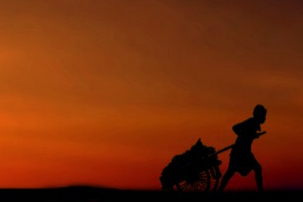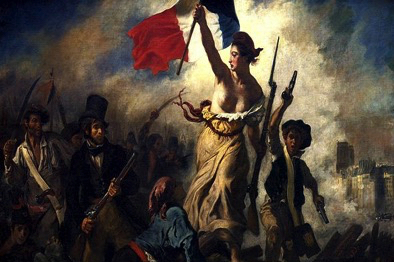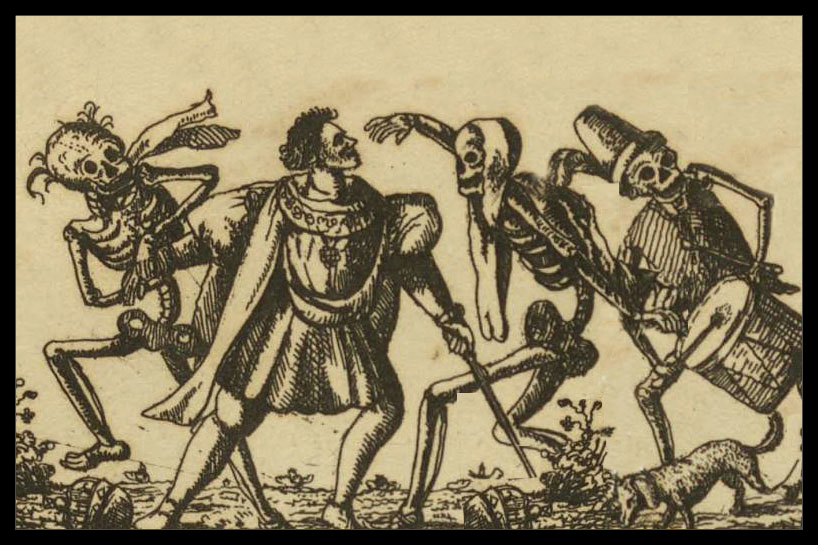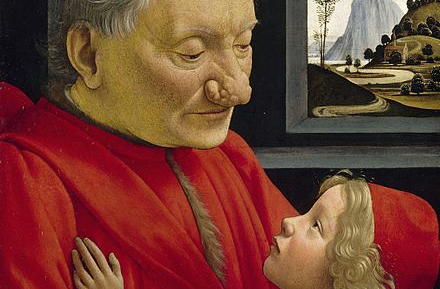Try Jacques Portefaix or Marie-Jeane Valet
I have mentioned in various articles my long list of mentors in my journey down my yellow brick road of life. Learning about how they handled problems in life has benefited me greatly. In my last essay, I mentioned Bobby Kennedy and Don Quixote. As you journey down your yellow brick road, consider Jacques Portefaix or Marie-Jeanne Valet.
No one then or even now is sure what type of animal it was. While the options are few, the debate continues between a wolf or some variant of a wolf-like animal. This is a drawing of the Beast of Gévaudan. You decide.
If I were you, I’d ask what makes Jacques Portefaix or Marie-Jeanne Valet a good choice for a mentor. Allow me to give you the backstory. In the mid-1760s, a killer beast was roaming the farming area of Gévaudan in the southern region of France. This beast killed over 100 and attacked twice that number of people during its three-year reign of terror. This killer tended to attack children and females but killed some boys and men.

After many attacks, Jacques Portefaix, who was ten years old, and some of his friends were attacked by the beast on January 12, 1765. Portefaix planned to kill the beast. The beast didn’t stand and fight but ran away. King Louis XV was so impressed with Portefaix’s valor that he was given money and an education.
The creature attacked Marie-Jeanne Valet, who was in her late teens, on August 11, 1765, near the River Desges. She attached a bayonet to a long stick as her weapon. When the creature attacked, Valet stabbed the animal as it lunged at her. Again, the beast turned and ran.

Marie-Jeanne Valet and the Beast of Gévaudan
Marie-Jeanne Valet wasn’t given a reward or an education by Louis XV. He was either cheap or he was sexist. You decide.

It wasn’t until June 19, 1767, that Jean Chastel shot a wolf-like creature near Mount Mouchet. When the authorities did an autopsy, they found human remains inside the belly of the creature. After that date, there were no more attacks by the Beast of Gévaudan.
What is your takeaway from the tale of the Beast of Gévaudan? What did locals think about rewarding a ten-year-old boy, not a young gal twice his age? I doubt that any of the residents even notice the apparent disparity between the two valiant protectors of the villagers. It is an example of systematic sexism nearly three centuries ago. Today, we have not moved very far toward parity between the sexes. Men tell women about their reproductive rights.













